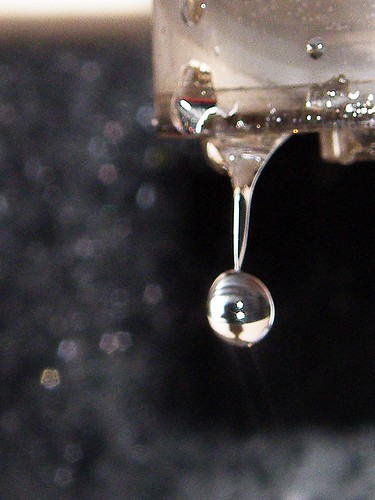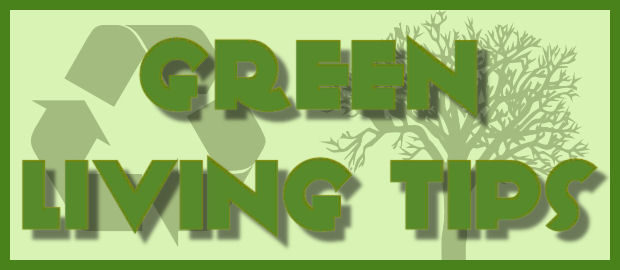
* In 2009, approximately 86% of water bottles were thrown away, leaving 14% recycled.
* More than 17 million barrels of oil -- enough to fuel 1 million cars for a year-- are needed to produce the plastic water bottles sold in the United States annually.
* Nestle's food and beverage group to post a decline in global sales during the first half of the year, down 2.9 percent because of weakness in the United States and Western Europe.
(Source: Washington Post.)
This is great news for environmentalists who have been lobbying for change in the bottled water market for years, and it's finally happening. Whether it's that people are making changes because tap water is essentially free (and we're in an economic downturn) or because they feel bad about throwing away plastic... well, it's probably more because of the free factor. Nevertheless, it's a great stride towards less plastic ending up in landfills.
While in most towns the tap water quality is just fine for drinking, there are some places that haven't fared so well. The New York Times recently published an article on the bogus water quality in towns near Los Angeles, as well as other major cities. From what the article states, "...the rate at which companies and other workplaces have dumped pollutants into lakes and rivers has significantly accelerated, according to an earlier analysis by The Times of the Clean Water Act." While some headway was made by the EPA to get stronger regulations on clean tap water, the movement has slowed, while pollutants have risen. In particular, arsenic and perchlorate, two very dangerous chemicals scientists have linked to cancer, are present in many water supplies. While the EPA has been fighting for change to have these chemicals regulated, the government has fought back because of high costs.
The real question is, who is to blame, the people putting the contaminants there in the first place, or the people who are supposed to be filtering our water? In any case, water quality isn't changing overnight, and bottled water simply isn't held to the standards that tap water is for disinfection and bacteria testing.
The next logical thing to do is to start filtering your own tap water. Some of the most recent water filters to receive good reviews from Consumer Reports, Good Housekeeping, and The Green Guide are the PUR CR-6000 Pitcher
I use the PUR DS-1800Z 2-Stage Water Dispenser

No comments:
Post a Comment